In 2017, there is a bold bet regrading power bank sharing: a popular internet celebrity made a daring statement on social media: “If power bank sharing becomes successful in China, I’ll eat my words. This post will stand as proof.”
Seven years later, power bank sharing has become an essential part of many people’s daily lives. Take Xiaolei, for instance, who often rents a power bank simply because he doesn’t want to carry his own charger. Beyond the convenience, the ability to pick up and return a power bank at any time makes it the go-to solution when your phone battery is running low.
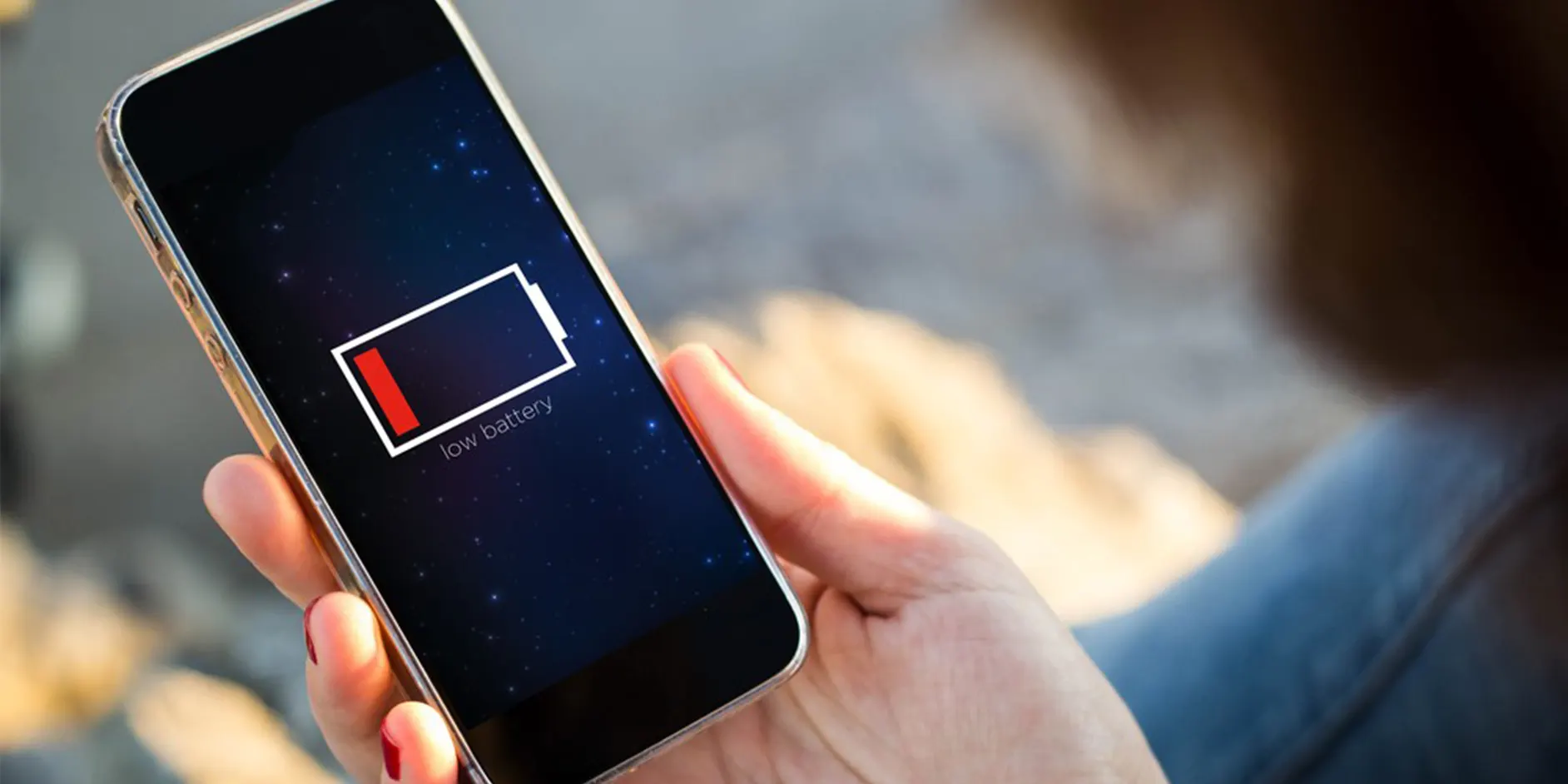
Table of Contents
What Is Power Bank Sharing?
When people search for “What is Power Bank Sharing?” on Google, they may already have a general understanding of the concept but are looking for further clarification. Simply put, power bank sharing is a service provided by companies that allow users to rent power banks for temporary use. Users can pick up a power bank at any participating location and return it at a different station.
A shared power bank service is an intelligent rental solution that offers users the ability to charge their mobile devices when their battery is low. Customers can easily rent a power bank by scanning a QR code or tapping a credit card at designated rental stations.
Sharing power bank has become widely adopted and recognized around the world due to its convenience and flexibility.
Benefits of Powerbank Sharing for Consumers
Convenient Charging Anytime, Anywhere
Powerbank sharing services allow consumers to easily rent a power bank from nearby stations at locations such as malls, airports, and train stations. Whether you’re shopping, traveling, or commuting, you can always find a solution to your low battery issue without the need to carry your own charger.
Cost-Effective and Flexible
Instead of buying a power bank, consumers can rent one for as long as needed and only pay for the time they use it. This is a more budget-friendly option for those who don’t need a power bank regularly.
Portable and Lightweight
Shared power banks are lightweight and easy to carry around, and support a wide range of devices, including smartphones, tablets, bluetooth headsets, etc., making them more widely applicable, providing a hassle-free solution for people who don’t want to carry bulky power banks or multiple cables in their bags.
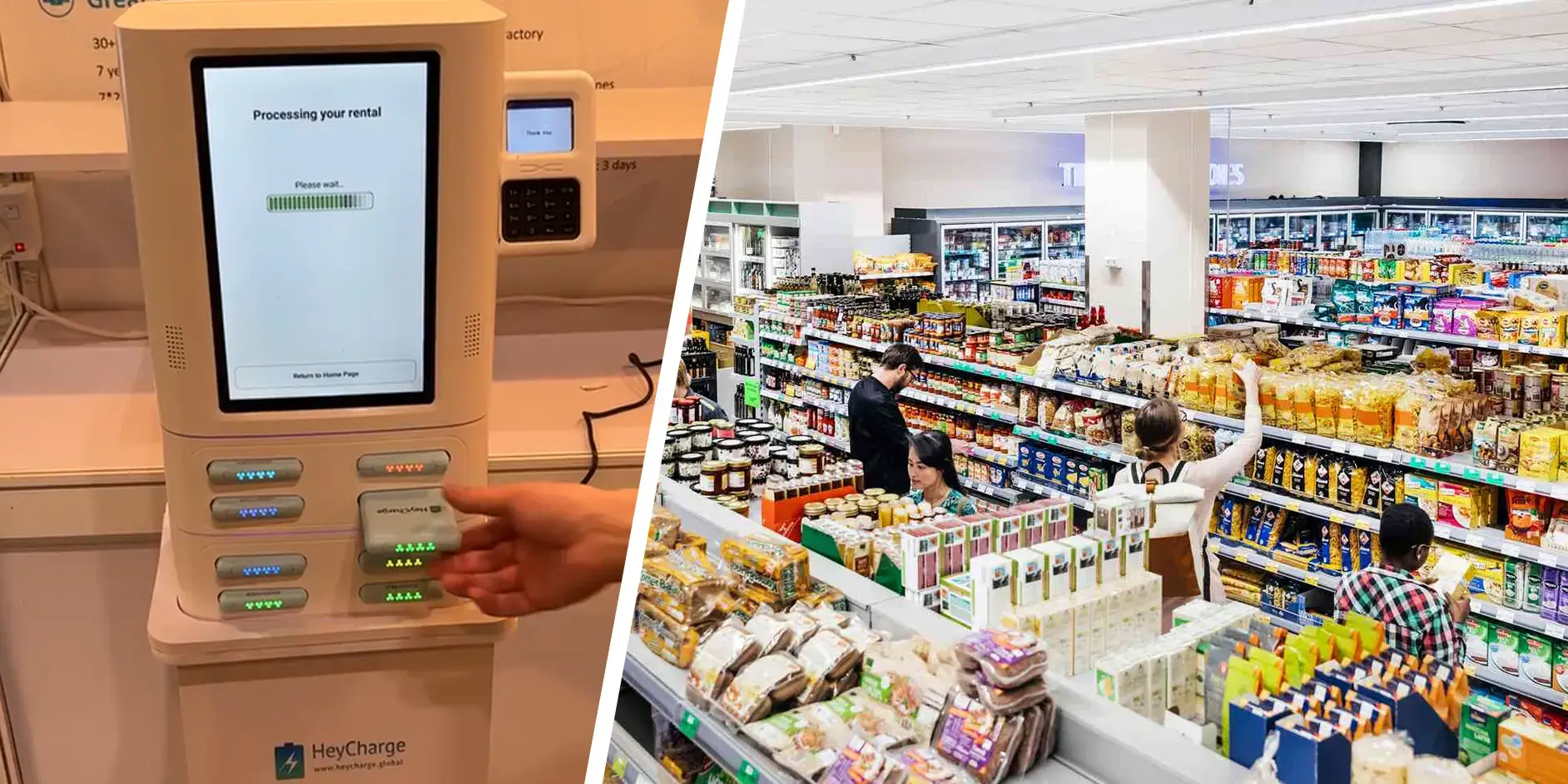
Benefits of Power Bank Sharing for Entrepreneurs
Low Startup Costs and Quick ROI
Compared to other hardware-intensive businesses, power bank sharing requires relatively low capital for devices and cabinets. Equipment installation and system setup are straightforward, enabling quick deployment and a shorter payback period.
High Market Demand
Airports, malls, restaurants, bars, hospitals, tourist attractions, and more are hotspots where people frequently need power bank services. The growing reliance on mobile phones and electronic devices ensures consistent demand for sharing power bank services.
Sustainable Revenue Model
Users pay on a per-hour or per-use basis, offering a simple and reliable revenue stream.Cabinets with display screens can be used for advertisements, creating extra revenue opportunities.
High Customer Retention
It supports 3 user-friendly rental methods, users start using the service easily, eliminating and lowering the barrier to rent. A seamless user experience builds customer trust and increases repeat usage.
Flexible Management with Data-Driven Insights
Data such as borrowing frequency, location-based demand, and device usage can help entrepreneurs refine deployment strategies.Real-time data enables precise tracking of device lifespan and revenue-to-cost ratios.
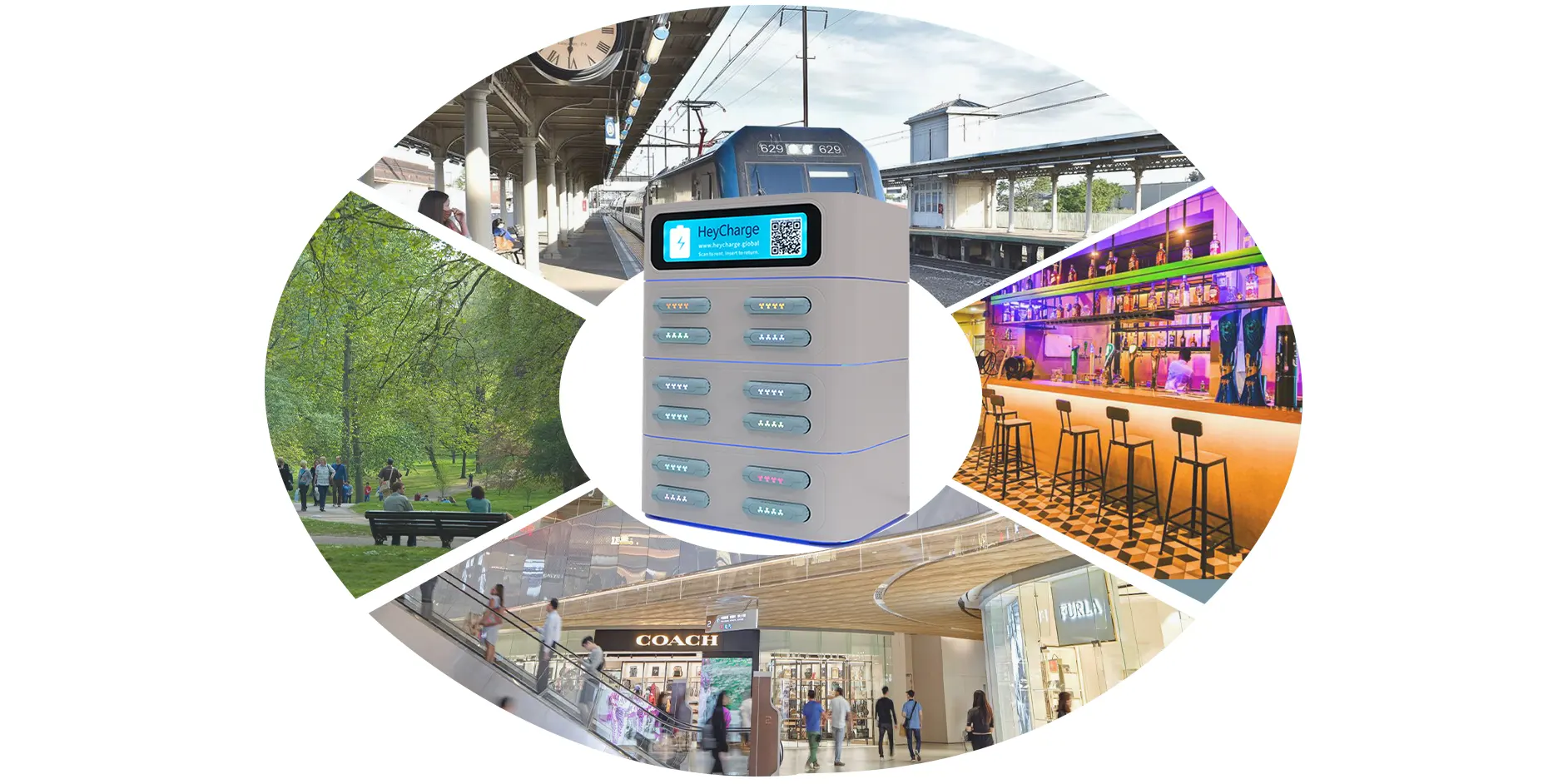
Power Bank Sharing Development in Overseas
One of the key challenges facing the powerbank sharing business is how to cultivate user habits of incorporating shared power banks into their daily routines.
Outside of China, shared power banks are most commonly found in popular tourist destinations and major transportation hubs such as airports and train stations. The sharing powerbank market is growing rapidly across various countries, with each region demonstrating unique trends based on local needs and infrastructure:
- Japan: The market is well-developed, mainly concentrated in large cities and popular tourist areas. Shared power banks are commonly found in metro stations, shopping malls, and airports in cities like Tokyo and Osaka.
- South Korea: South Korea’s market is also quite mature, with widespread coverage. Shared power bank stations are prevalent in commercial districts and public transportation hubs in cities like Seoul and Busan.
- United States: The powerbank sharing market in the U.S. is growing rapidly, particularly in major cities such as New York and Los Angeles, where shared power banks have become an essential part of urban life.
- European Countries: The market is expanding quickly in countries like the UK, France, and Germany, with shared power bank services gaining popularity in large cities.
- Southeast Asia: Southeast Asian nations such as Singapore, Malaysia, and Indonesia are seeing a rise in the adoption of shared power banks, as these services become increasingly popular in urban areas.
Across these countries, the shared power bank market typically thrives in major cities and transportation hubs, where high foot traffic and the need for mobile device charging are prominent. In developed markets like Japan, South Korea, and the U.S., the service has become integrated into daily urban life, while in Southeast Asia and Europe, the market is rapidly growing, driven by the increasing demand for convenience in urban centers.
Business Guide: How to Have Your Own Powerbank Sharing
To have your own successful power bank sharing business, it’s crucial to consider three core elements: sharing stations and power banks, admin dashboard system, and rental app or other methods.
Sharing Stations and Power Banks
The foundation of powerbank sharing lies in the combination of power banks and stations. These stations are essential for both recharging the power banks and making them available for rental, ensuring a smooth sharing experience. Although the size and design of the stations may differ, they all serve a common goal: to provide users with easy access to fully charged power banks whenever needed.
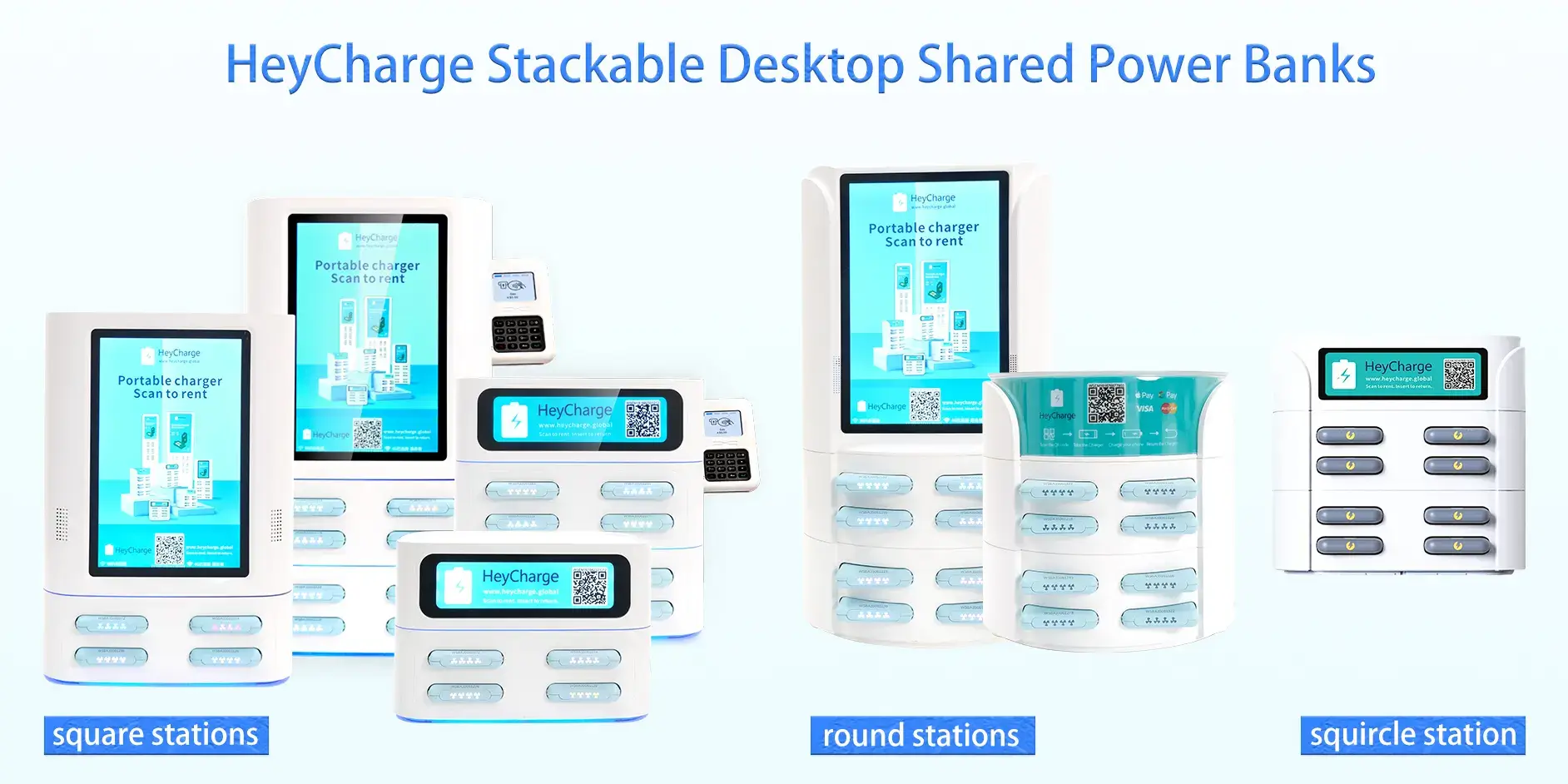
Admin Dashboard System
The admin dashboard, alongside the physical components, is essential to the sharing power bank system. It enables operators to track revenue, monitor rental activity, gather venue insights, and access station data. This tool offers key performance metrics and helps identify areas for optimization.
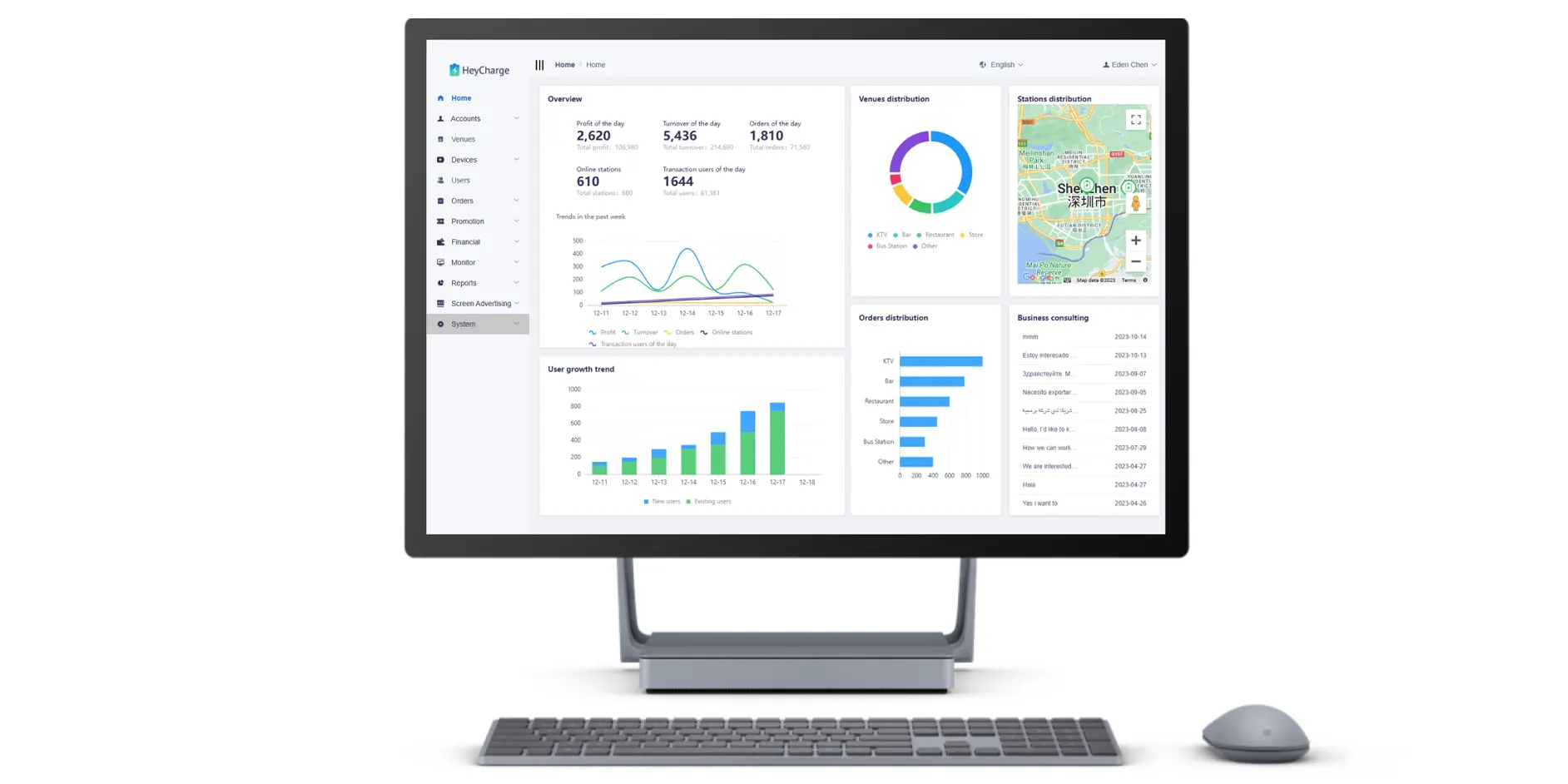
Rental App or Other Method
There are a range of rental methods to ensure maximum convenience for customers, including user-friendly app, credit card, webapp or other app-free options, making the rental process accessible to everyone.
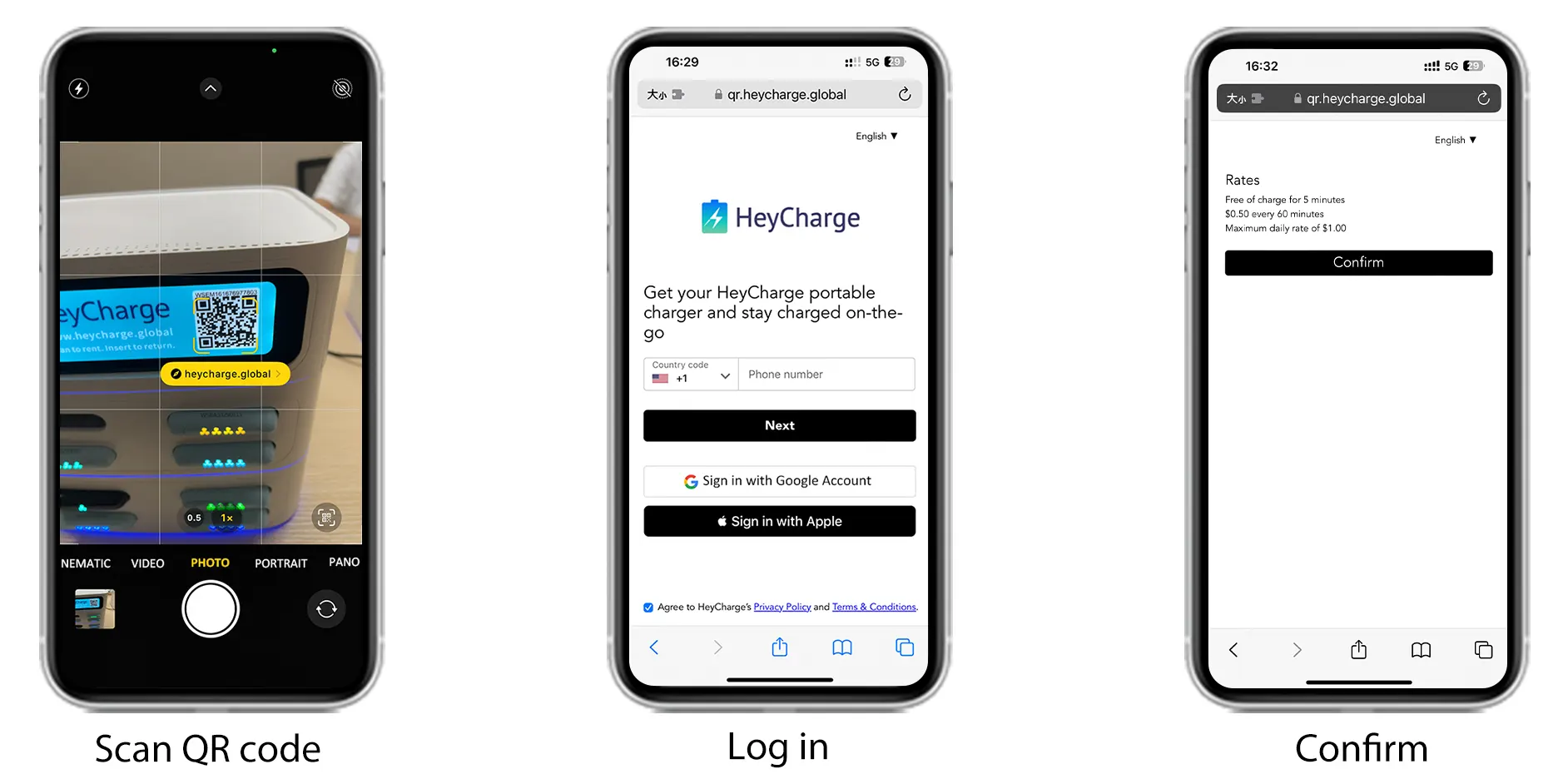
Conclusion
By now, you should have a clear understanding of sharing power bank —its core concept, components, and usage methods. But there’s so much more to explore! Are you interested in diving deeper or perhaps launching your own sharing power bank business? If so, how profitable is power bank rental business will give you answer. With a proven track record and hundreds of successful partnerships worldwide, we’re ready to be your trusted partner in bringing your power bank sharing vision to life. Contact us today to get started!



